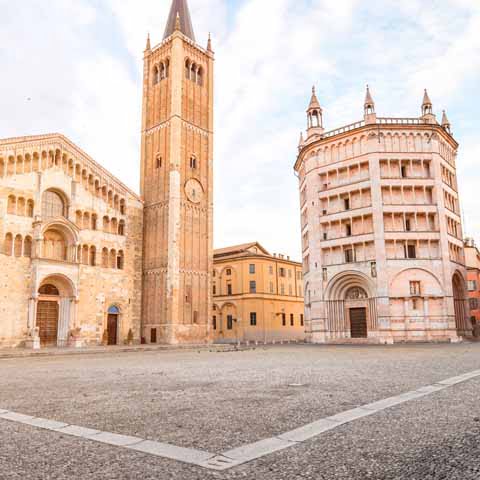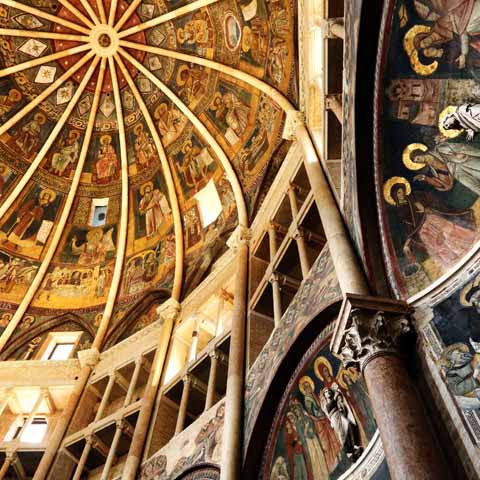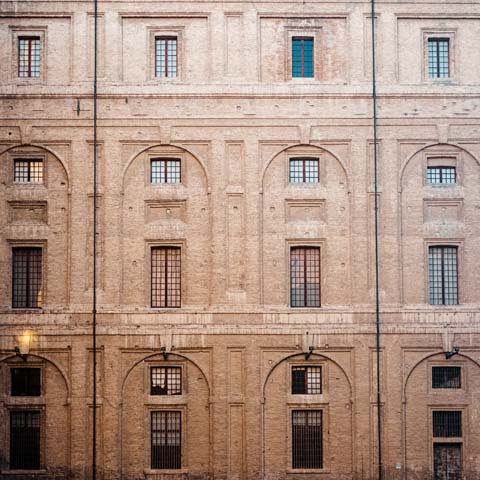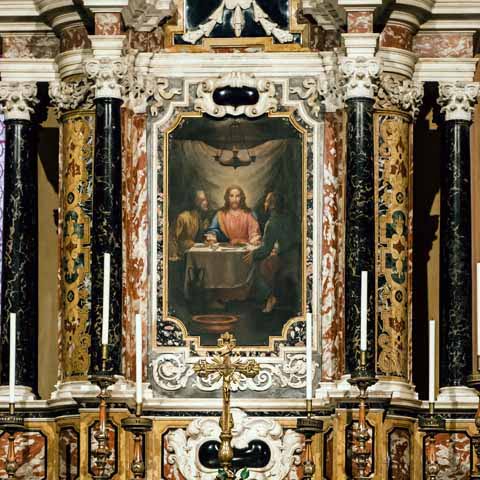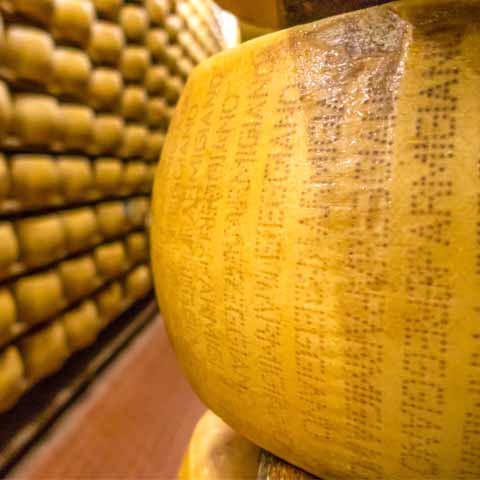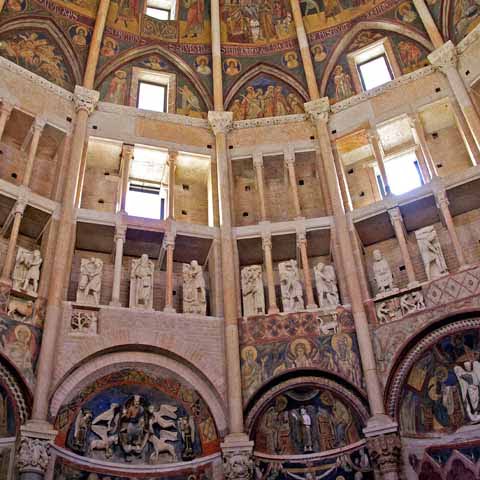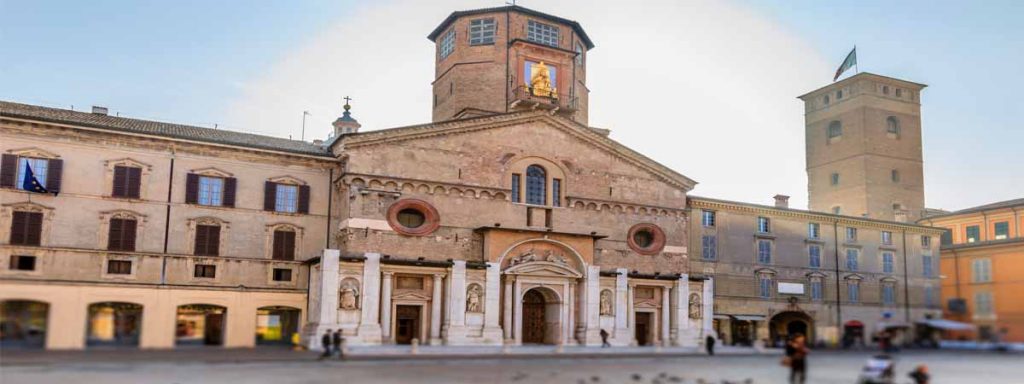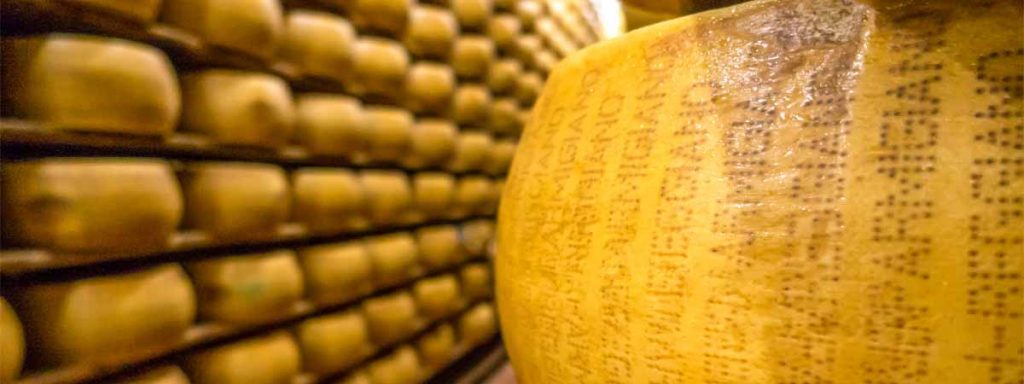Parma’s culture is just as historically rich as the Parmigiano-Reggiano cheese the city is known for. From the symbolic Romanesque and Gothic architecture to the renowned opera productions that continue today, there is a creative pulse that permeates throughout the city.
Located amidst the Apennine Mountains and Po River in Northern Italy, visitors will find that the area’s cultural strength is in the historic architecture, high quality opera community, and even the local food experience, as a whole. In a city that has seen its share of wars and obstacles to overcome, the locals exhibit their pride in the cultural heritage of Parma through these avenues.
ART
Parma’s art world is prominent throughout the area. From the galleries highlighting local artists to the well-known works found on the museum and church walls, the depth and range is astounding.
Antonio Allegri da Correggio, most commonly known as Correggio, was a local painter that displayed illusionistic and vibrant works of art representative of the sixteenth century Italian Renaissance. He had a significant influence on the Rococo and Baroque styles of art. His premiere commission can be viewed in the Convent of San Paolo where he painted beautiful frescoes in the vaulted ceiling and over the fireplace. His masterpieces can be seen throughout Parma, including his well-known fresco Assumption of the Virgin within the dome of the Cathedral of Santa Maria Assunta.
Viewing the frescoes that embellish the local churches can rival just about any art tour. While Correggio had numerous contributions, he was not alone in painting these colorful works of art. Michelangelo Anselmi and Francesco Rondani painted theirs in the Oratory of the Concezione and Pier Antonio Bernabei decorated the cupola of the Church of Santa Maria del Quartiere church.
The Galleria Nazionale is a must see for any art lover as it exhibits paintings by locally famed artists such as Correggio and Parmigianino as well as Canaletto, Fra Angelico, and Leonardo da Vinci. The artwork on display is mainly from the seventeenth through the nineteenth centuries. The gallery is located in the Palazzo della Pilotta complex, which dates back to the sixteenth century and is also home to the National Archeological Museum, Teatro Farnese, and the Museo Bodoniano (dedicated to typographer Giambattista Bodoni).
One of the grand palaces located in Parma is the Pigorini Palace. The main artistic draw are the beautiful frescoes by Francesco Scaramuzza on the first floor that date back to the nineteenth century. The building is also notable for being the home of poet Angelo Mazza as well as explorer Vittorio Bottego.
Other beautiful frescoes can be admired in the Sanctuary of Santa Maria della Steccata. Located above the presbytery is a grouping of frescoes by famed artist Parmigianino. Dating back to the sixteenth century and unfortunately left unfinished, the frescoes depict detailed scenes from the Old Testament and religious motifs.
Historically, one of the artistic hubs in Parma has been the National Academy of Art. Founded in the eighteenth century, the academy attracted notable pupils, such as Paolo Borroni. Though it was closed during the period of French rule at the beginning of the nineteenth century, it eventually re-opened, and today the academy promotes art and culture in Parma.
ARCHITECTURE
The centerpiece of Parma’s architecture is the Cathedral of Santa Maria Assunta. Construction of the building is said to have started as early as 1092 and was completed during the twelfth century. Unique features that set this building apart include the sculptured lions that protect the entrance and the copper angel that adorns the peak of the bell tower. While the oldest portion of the structure is the well-preserved marble facade, the cathedral boasts an octagonal dome unlike any typical to this historic period.
Another monumental piece of architecture in Parma is the Baptistery. This twelfth century octagonal building shows off a blend of Romanesque and Gothic styles complete with a subtle pink toned marble on the exterior. On the inside, visitors can see the work of Benedetto Antelami in the three portal lunettes and his sculptures representing the seasons and months of the year. Much of the original decor has been maintained over the centuries.
The redesigned Piazzale della Pace is an excellent example of Parma’s historic architecture coexisting with the modern city. Swiss architect Mario Botta restructured the west side of the square, which has featured the Pilotta Palace for centuries and now is home to a green space and fountain placed over areas that were damaged by bombing during World War II. The northern portion of the square features the historic Intendenza Palace as well as a monument to Giuseppe Verdi and one to Marino Mazzacurati.
One of Parma’s more unique places is the Roman bridge that dates back to 187 BC. Destroyed and rebuilt during the Roman Era, the water was eventually diverted from the bridge and now only the original foundations remain. Today, the area has been converted into a venue, called Spazio Aemilia 187 BC, for exhibitions and is used by the University of Parma for cultural events. In addition, the excavations display more than 260 ancient artifacts.
Also not to be missed are the city’s historic gates that remain standing, including the sixteenth century Santa Croce Gate, the sixteenth century San Francesco Gate, and the nineteenth century Bixio Barrier.
LITTERATURE
Home to one of the oldest universities worldwide, the University of Parma, the city has nurtured a number of figures known for their written works.
Giambattista Bodoni was the jack of all trades behind the scenes of the written word. While he worked as a printer, publisher, and compositor, it was his esteemed work as a typographer and type-designer in which he left his mark. He created a variety of modern typefaces including one in 1790 that bears his name to this day. In addition, Bodoni produced notable books including a collection of almost 300 italic and roman typefaces called Manuale Tipografico, or Typographical Manual. In 1963, the Museo Bodoniano was founded in Parma in his honor.
Twentieth century Italian writer, journalist, and cartoonist Giovannino Guareschi was born in the province of Parma. Guareschi was best known for his short stories centered on the character Don Camillo, many of which were adapted into films. His works have become popular worldwide and he is one of the most translated Italian writers of all time.
CINEMA
Academy Award winning director Bernardo Bertolucci is a product of this northwest Italian city. His blockbuster film resumé includes Last Tango in Paris (1972), The Conformist (1970), and the highly acclaimed The Last Emperor (1987). It was the latter that Bertolucci chose to include his hometown in film, utilizing locations such as the Palace of Congress as backdrops for his story. He was honored with an honorary degree in Criticism of Performing Arts and History by the University of Parma in 2014. Bertolucci’s younger brother, Giuseppe, was also a director, and his films were made in Italian.
Several Italian films have been set in Parma over the years including La ragazza con la valigia (1961), Prima della rivoluzione (1964), Tifosi (1999), and Baciato dalla fortuna (2011).
SCIENCE
With the abundance of unique Italian cuisine originating in Parma, it comes as no surprise that it has been recognized as a Creative City for Gastronomy by UNESCO. This designation signifies a worldwide respect for the agricultural food items produced locally. It is evidence of the talent, customs, and advancements in gastronomy that Parma is famous for.
When paired with the elite University of Parma, Italian cuisine is a science in itself. Students come from near and far to study under their Gastronomic Science program, which provides an in-depth examination of everything related to food. Upon completion graduates have an extensive understanding of food processing, quality management, animal and plant food items, product development, and the increasing economic and technological influences directly impacting food.
Parma’s Antique Pharmacy of St. Filippo Neri dates back to 1789, which was founded to provide medicine free of charge to the city’s poor. Today, the pharmacy’s appearance remains largely unchanged from the eighteenth century and this remarkable building provides a way of tracing the development of pharmaceuticals over a period of four centuries.
MUSIC
The musical culture of Parma has historically had depth and distinction beginning with a couple of well-known musicians such as Giuseppe Verdi and Arturo Toscanini. Both born in the province of Parma, Verdi was a composer that authored an impressive resumé of operas including: La Traviata, Falstaff, Aida, and Otello, whereas Toscanini was a highly acclaimed conductor during the nineteenth and early twentieth centuries. Throughout his impressive career he performed with some of the most elite opera houses such as La Scala, the New York Philharmonic, the Metropolitan Opera, and the NBC Symphony Orchestra, the latter being created especially for him in 1937.
The heart of opera in Parma can be found at the historic Teatro Regio. Following its erection in the early 1800s, it became the launching pad for several famous musicians and composers, and it remains one of the most distinguished opera houses in modern times. Vincenzo Bellini’s production of Zaira as well as those most often staged by Verdi and Donizetti helped it grow into one of the most prominent opera houses in the world. Today, visitors to the area can enjoy one of the four opera productions put on every season or the annual Verdi Festival held in October.
Also of note is the Niccolo’ Paganini Auditorium. Converted from a nineteenth century sugar factory, the current concert hall was designed by legendary Italian architect Renzo Piano.
Parma’s rich cultural heritage can be measured by its many architectural and artistic offerings coupled with notable ties to literature, cinema, science, and music. Renowned worldwide for its cuisine, Parma is a wonderful destination that truly offers something for everyone.
Travel Guides
The Emilia Romagna Region of Italy
The Cities of Emilia Romagna, Italy
